Menopausal Hormone Therapies: Risks and Benefits
1 Comments
What is Menopausal Hormone Therapy?
Menopausal hormone therapy aims to reduce hot flashes, treat vaginal dryness and discomfort and help reduce the risk of osteoporosis. Estrogen-alone therapy is given to a woman who has had her uterus surgically removed. Estrogen plus progestin is given to a woman with a uterus. Menopausal hormone therapy has benefits and risks and should be used at the lowest dose for the shortest duration. Photo: Getty Images

Relief of Menopausal Symptoms
As a woman ages, her ovaries secrete lesser amounts of estrogen and progesterone. Changes in estrogen and progesterone levels trigger hot flashes, irregular menstrual periods and thinning, dryness and decreased elasticity of the vaginal wall. Hormone therapy is the most effective FDA approved treatment for hot flashes and the vaginal symptoms associated with menopause. Photo: Getty Images
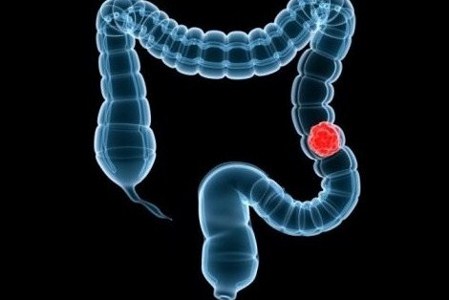
Reduced Risk of Colorectal Cancer
The Women’s Health Initiative trial of estrogen plus progestin therapy found a statistically significant decrease in the incidence of colorectal cancer among postmenopausal women. In the cases of women who did develop colorectal cancer while taking the combination hormone therapy, there were more cases of lymph node involvement and the stage of cancer was more advanced. Photo: Getty Images
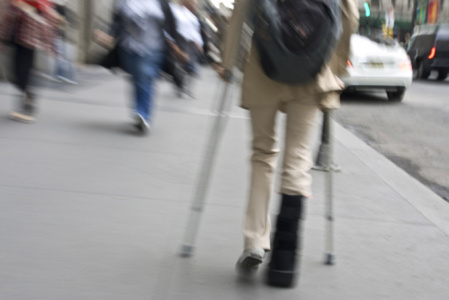
Reduced Risk of Bone Fractures
Estrogen plus progestin therapy was found to increase bone mineral density and reduce the risk for fractures in healthy postmenopausal women regardless of the presence or absence of other risk factors. Given the overall health risks associated with hormone therapy and other available osteoporosis treatments and prevention agents, treatment with estrogen plus progestin should not be recommended for prevention or for treatment of osteoporosis in women without menopausal symptoms. Photo: Getty Images
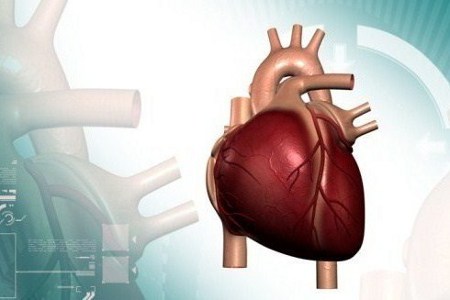
Increased Risk of Heart Disease
Analysis of data, released in February 2010, confirms that combination hormone therapy, which includes estrogen with progestin, increases the risk of heart disease in healthy postmenopausal women. Researchers from the Women’s Health Initiative found a trend toward an increased risk of heart disease during the first two years of hormone therapy among women who began therapy within 10 years of menopause. The study noted a more marked increased risk among women who began hormone therapy more than 10 years after menopause. Photo: Getty Images

Increased Risk of Blood Clots
Estrogen plus progestin therapy increases the risk for venous thrombosis, which are blood clots that form in the veins. A clinical trial conducted by the Women’s Health Initiative found the risk to be higher in women who were overweight and between 70 to 79 years old. Photo: Getty Images
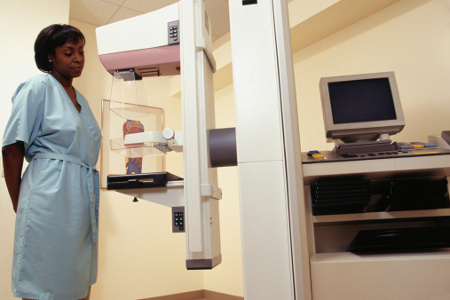
Increased Incidence of Breast Cancer
Estrogen plus progestin therapy may stimulate breast cancer growth and may be a contributing factor in abnormal mammograms. A clinical trial of relatively short-term combined hormone use indicated an increased incidence of breast cancer, a higher percentage of abnormal mammograms and the diagnosis of more advanced stages of breast cancer among women taking estrogen plus progestin. Photo: Getty Images

Estrogen-Alone Linked to Less Plaque in Arteries
A sub-study, conducted by the Women’s Health Initiative and reported in June 2007, showed that younger postmenopausal women who took estrogen-alone therapy had significantly less plaque accumulation in their arteries compared to their peers who did not receive hormone therapy. Elizabeth G. Nabel, M.D., director of the National Heart, Lung and Blood Institute, emphasized that hormone therapy should “be taken at the smallest dose and for the shortest time possible, and hormone therapy should never be used to prevent heart disease." Photo: Getty Images
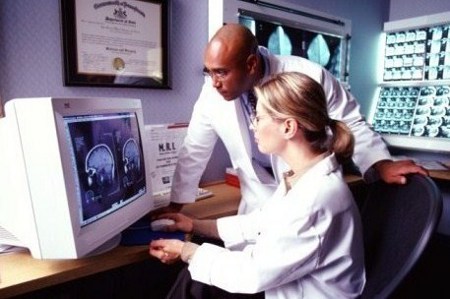
Increased Risk of Stroke
Since 2002, evidence emerging from clinical trials implicates long-term use of hormonal therapy with the increased risk of strokes. Article written by Maryann Gromisch Sources: FDA: Questions and Answers for Estrogen and Estrogen with Progestin Therapies for Postmenopausal Women (Updated) National Institutes of Health: WHI Study of Younger Postmenopausal Women Links Estrogen Therapy to Less Plaque in Arteries WHI Study Data Confirm Short-Term Heart Disease Risks of Combination Hormone Therapy for Postmenopausal Women JAMA: Estrogen Plus Progestin and Risk of Venous Thrombosis Effects of Estrogen Plus Progestin on Risk of Fracture and Bone Mineral Density Photo: Getty Images
Add a Comment1 Comments
My Dr. put me on Prempro 15 years ago at the age of 42 as I was having some hot flashes. I tried going off of them about 8 years ago and made a real mess of myself. Crippling hot flashes that would render me useless for 2 or 3 minutes. Couldn't think, talk, or function. So I went back on the lower dose (.4?). That wasn't enough, 1 year later I went to the higher dose (.6) Two months ago I decided I need to get off them completely. I went back to the lower dose (.4) as a step down. Now.....how do I get off them altogether? Do I take one everyother day for a while? Help....Dr. got aggravated with me and told me to just stop taking them. I won't do that again.
February 13, 2011 - 8:21pmThis Comment